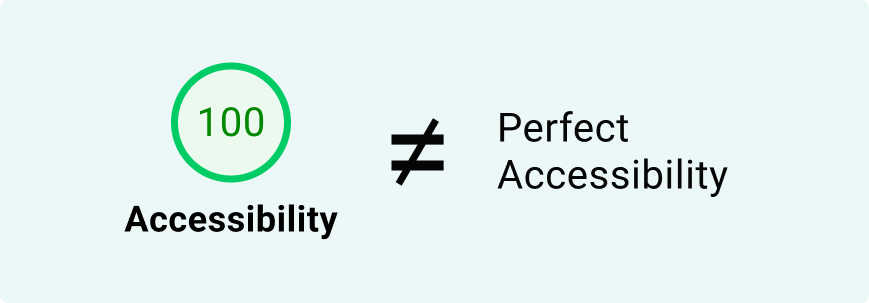

WCAG (Web Content Accessibility Guidelines) help make websites easier for everyone to use, including people with disabilities. They focus on things like making text easy to read, allowing keyboard navigation, and making sure screen readers can understand the content.
The rules follow four main principles. Interfaces should be:
There are three levels: A, AA, and AAA, with AA being the most common.
The short answer is: everyone!
Making your software accessible will make it easier for everyone to use, including those with and without disabilities. Keep in mind, disabilities are not always permanent–they can be situational. For example, captioning videos helps not only people who are deaf and hard of hearing, but also anyone who needs to watch a video without sound for any reason–they could be in a noisy place, or they could be a quiet place without their headphones.
The short answer is: almost all businesses!
These rules affect many kinds of businesses, including software and apps used by customers and employees.
If a business helps customers in person or online, it must be easy for everyone to use. This includes:
What this means for your public-facing software products and apps:
What this means for government-owned or contracted website and applications:
Even businesses that don’t have physical stores still need to be accessible. This includes:
What this means for online businesses:
Companies with 15 or more employees must make sure their workplace tools are accessible. This includes:
What this means for internal work tools and proprietary enterprise software:
If a company’s software isn’t accessible, it could cause:
Many companies don’t realize their apps or websites have accessibility problems—until someone files a complaint. A simple heuristic accessibility review can help!
Schedule a call with us today to schedule your heuristic accessibility review!
| Cookie | Duration | Description |
|---|---|---|
| cookielawinfo-checkbox-analytics | 11 months | This cookie is set by GDPR Cookie Consent plugin. The cookie is used to store the user consent for the cookies in the category "Analytics". |
| cookielawinfo-checkbox-functional | 11 months | The cookie is set by GDPR cookie consent to record the user consent for the cookies in the category "Functional". |
| cookielawinfo-checkbox-necessary | 11 months | This cookie is set by GDPR Cookie Consent plugin. The cookies is used to store the user consent for the cookies in the category "Necessary". |
| cookielawinfo-checkbox-others | 11 months | This cookie is set by GDPR Cookie Consent plugin. The cookie is used to store the user consent for the cookies in the category "Other. |
| cookielawinfo-checkbox-performance | 11 months | This cookie is set by GDPR Cookie Consent plugin. The cookie is used to store the user consent for the cookies in the category "Performance". |
| viewed_cookie_policy | 11 months | The cookie is set by the GDPR Cookie Consent plugin and is used to store whether or not user has consented to the use of cookies. It does not store any personal data. |